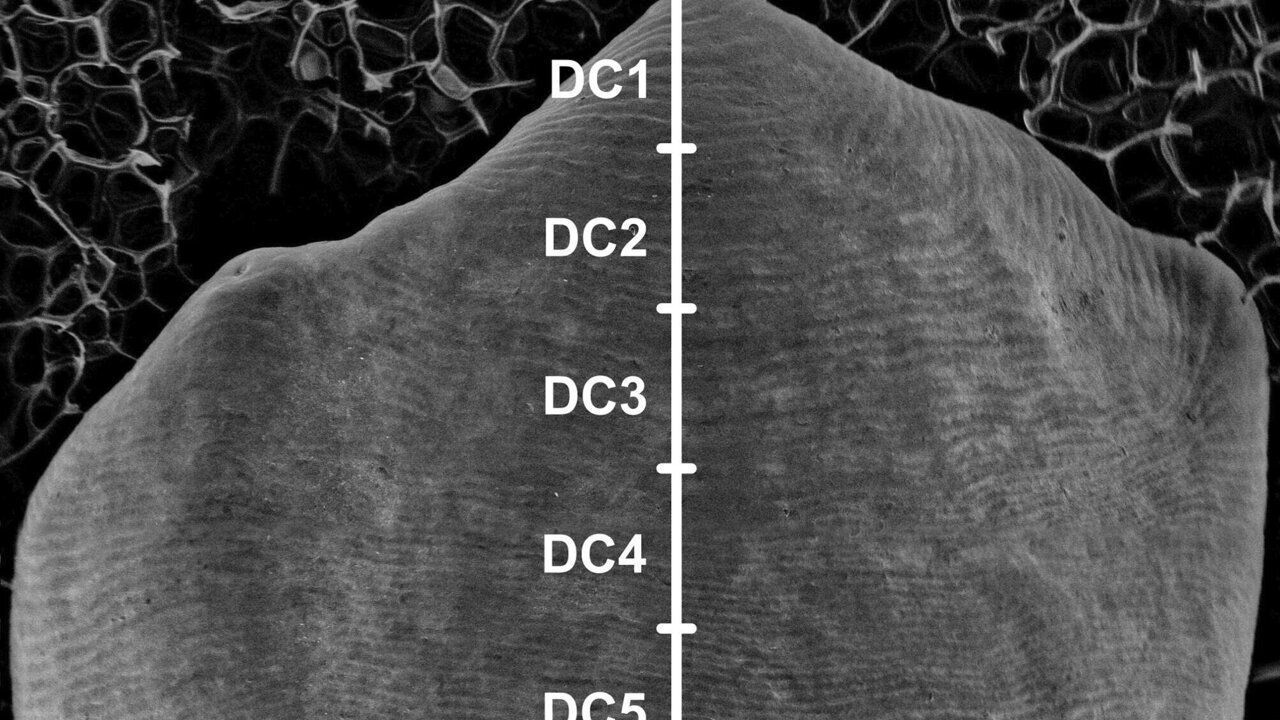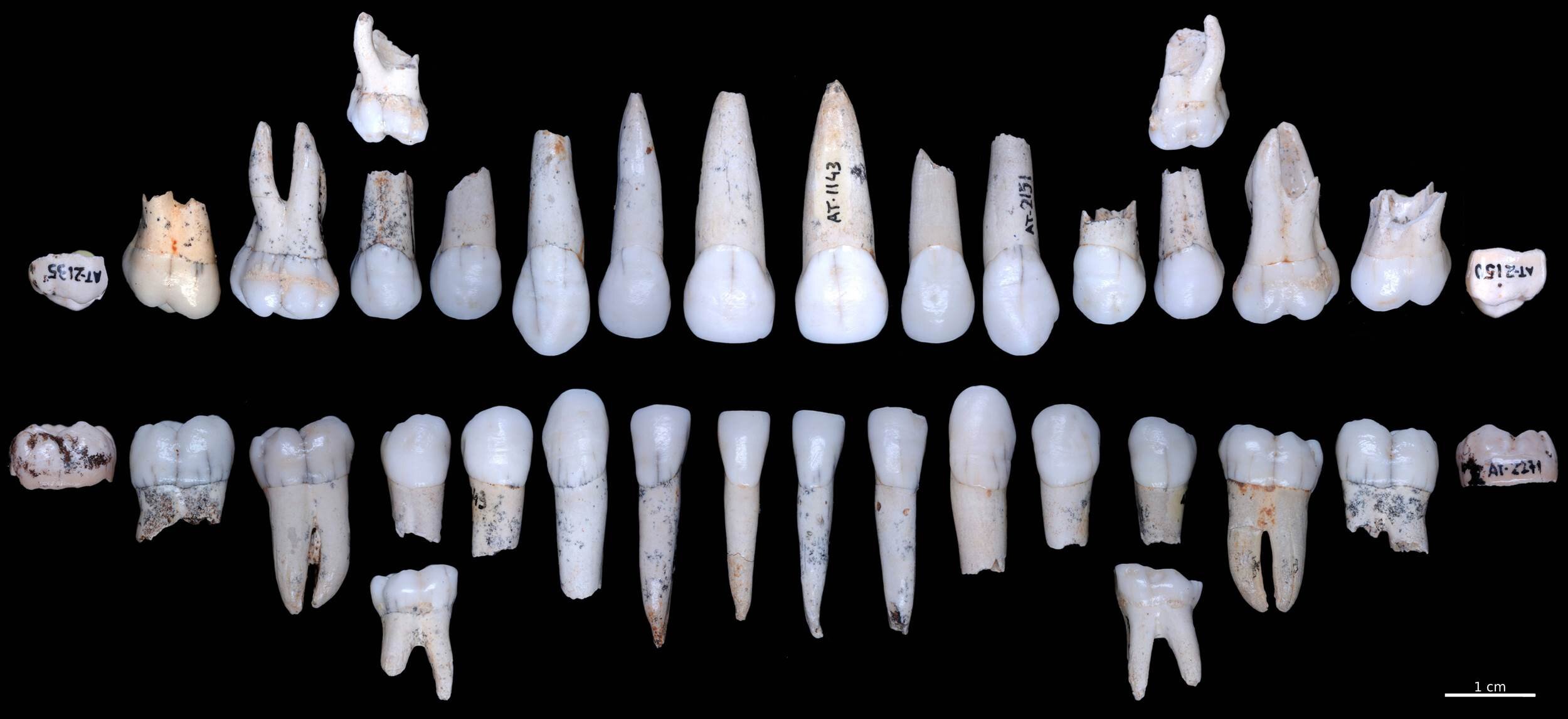AI revolutionizes dental anthropology research
Artificial intelligence is pushing the boundaries of dental anthropology and a new method for estimating the number of perichymata in worn teeth is making a significant contribution to scientific research

A study led by the Dental Anthropology Group researcher Mario Modesto Mata from the Spanish research institute CENIEH, published in The Anatomical Record, sheds light on the application of artificial neural networks in reconstructing the number of perikymata, growth lines in tooth enamel absent in worn teeth.
Teeth serve as a valuable source of biological and taxonomic information. Despite the direct counting of growth lines and estimation of formation time being possible due to their growth patterns, assessing perikymata poses challenges, particularly in worn teeth where enamel loss occurs naturally.
Addressing this challenge is crucial for expanding the pool of teeth suitable for evolutionary studies, leading to more robust conclusions. Modesto Mata, part of the European project Tied2Teeth led by researcher Leslea Hlusko, emphasizes the significance of this endeavor.

The study uses artificial intelligence techniques to predict the number of missing perikymata in modern human teeth based on enamel diminishment, measured as a percentage of crown height lost. Specifically, artificial neural networks are developed to predict perikymata count when enamel loss reaches up to 30% of crown height. Validation reveals that in instances where 30% enamel loss occurs, the maximum error in perikymata count is only 3 in 86% of cases.
These precise findings enable accurate prediction of enamel formation time, illustrating the potential of neural networks in paleobiological inquiries. To facilitate the utilization of these networks, the study authors introduce "teethR," an R package designed for easy distribution and installation. No specialized AI training is necessary; basic familiarity with R is sufficient. The package's function allows for swift predictions.
Source: Newsroom







